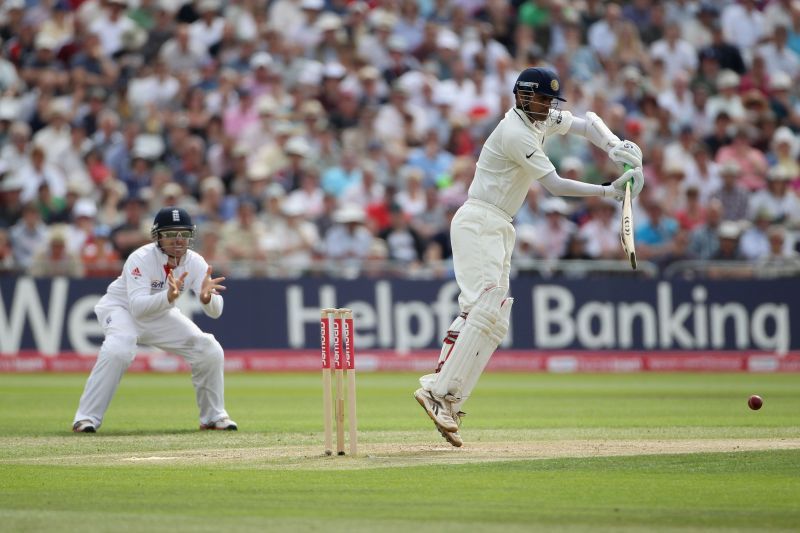
5 all-time slowest Test innings
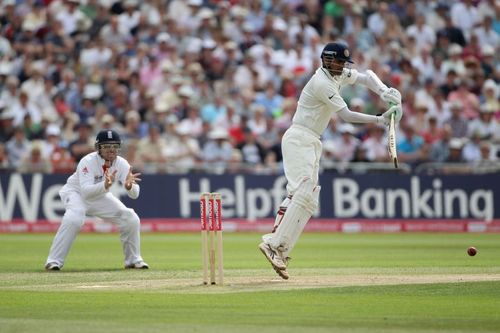
Test cricket is the longest format of cricket and the oldest one too. The format demands the players to be at their best in terms of quality, technique, strokeplay, control, and patience.
In Test cricket’s long history, there are many innings where players have given hard-fought performances, playing long and gritty knocks to help their respective teams come out of tricky situations.
There are also circumstances where batsmen stuck to the crease and defended their wicket in the best possible way, scoring minimum runs and avoiding unnecessary risks.
Hence, let us have a look at five such memorable innings played in Test cricket:
1. Rahul Dravid (India vs England, The Oval 2007)
12 runs from 96 balls, Strike Rate: 12.50
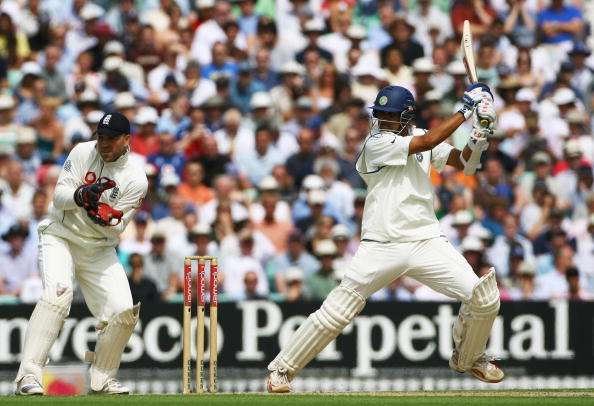
Rahul Dravid is widely considered to be one of the greatest Test players ever. “Jammy” played many match-winning knocks throughout his career, which spanned 16 years. He is one of the few players in the history of cricket to score more than 10000 runs in both Tests and One-Day Internationals.
Widely regarded as 'The Wall,' Dravid once spoke about the same stating,
“I can’t remember exactly the first time, but I know where it sort of came out from, where it originated. I think it probably came out after one of my long, typically maybe boring innings; when I saw the headline, (it read) ‘The Wall.’”
During the last Test match against England in 2007, he scored 12 runs from 96 balls in the second innings forcing a draw after England scored 345 runs in reply to India’s mammoth 664 runs in the first innings.
2. AB de Villiers (South Africa vs India, Delhi 2015)
25 runs from 244 balls, Strike Rate: 10.24
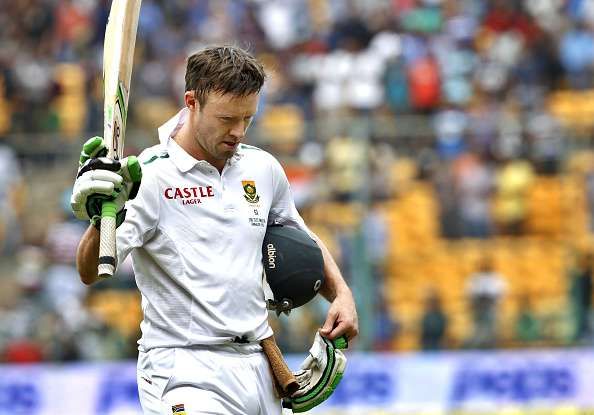
AB de Villiers is regarded as one of the best cricketers of the present times. The South-African is a man of all seasons and can play according to, possibly, every situation. In the limited-overs, he is parallel to none having scored 8742 runs from 206 matches at an average of 53.63.
The Pretoria-born cricketer has equally established himself in the longer format also and saved his country on several occasions.
Last year, although he made a heroic effort to steer South Africa to a draw against India, he failed. India was leading the Test series 2-0 and was on the verge of another win after setting a target of 481 runs at Feroz Shah Kotla, Delhi.
With more than a day’s play to go, Hashim Amla and AB de Villers tried their level best to run down the overs and save the Test match. De Villiers scored 25 runs from 244 balls but was ultimately dismissed by Ravindra Jadeja, and eventually, India won the game by 337 runs.
3. Yashpal Sharma (India vs Australia, Adelaide Oval 1981)
13 runs from 157 balls, Strike Rate: 8.28
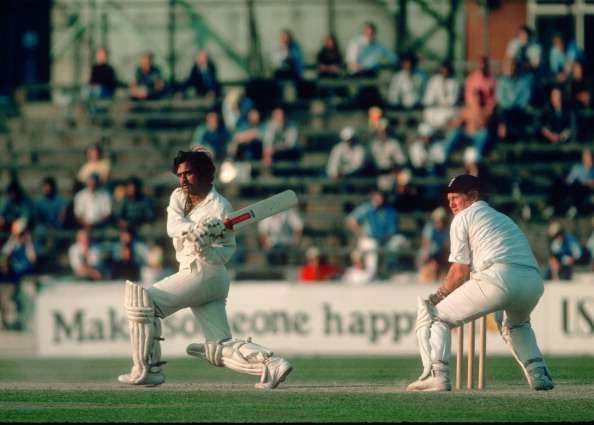
The cricketer from Haryana was a useful middle-order batsman from 1979 to 1983 and was one of the heroes of the victorious Indian World Cup-winning squad. His most memorable innings for India was back in 1980-81, Yashpal along with Gundappa Vishwanath had put up a 316 run partnership where he scored 140 runs during India’s 5th Test match against England in Madras (Chennai).
Another innings which brought the right-hander much fame was the one against Australia in 1981 at the Adelaide Oval. After Kim Hughes’ 213 helped Australia post 528 runs in the first innings, India responded fairly, scoring 419 runs.
The hosts then managed to set India a target of 331 runs, but India ultimately managed to eke out a draw, with Yashpal Sharma facing bulk share of the bowling attack. Sharma scored 13 runs facing 157 balls and guided India to a draw.
4. Hanif Mohammad (Pakistan vs England, Lord’s 1954)
20 runs from 223 balls, Strike Rate: 8.96
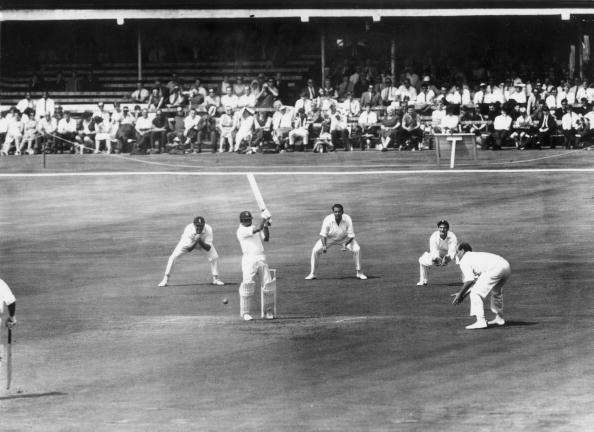
Pakistan batsman Hanif Mohammad had a promising Test career, playing 55 Test matches and scoring 12 centuries at an average of 43.98. Back in 1958, in Barbados, he became the first Pakistani to score a triple century, which is still the longest Test innings in terms of the number of minutes present at the crease.
He scored 337 runs and was in the middle of the park for 970 minutes.
On another occasion, during Pakistan’s tour of England in 1954, Hanif Mohammad scored 20 runs from 223 balls in the first innings at Lord’s. Pakistan were dismissed for 87, but due to the Hanif’s 20-run knock, the innings spanned 83.5 overs at a run rate of 1.03. The match ultimately ended in a draw.
1. Geoff Allott (New Zealand vs South Africa, Auckland 1999)
0 runs from 77 balls, strike rate: 0.00
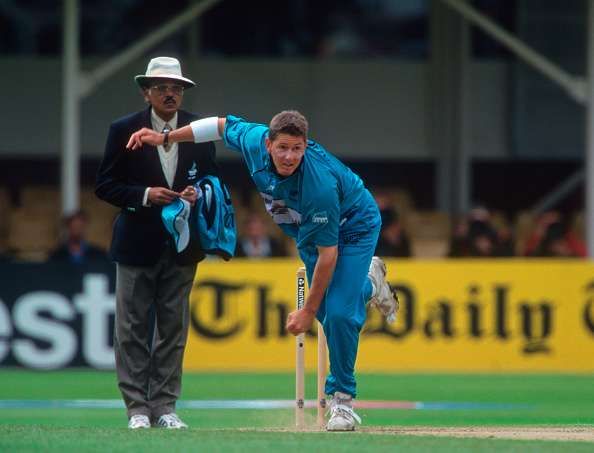
Geoff Allott was a left-arm fast bowler who played an instrumental role for New Zealand in the 1999 Cricket World Cup, helping them reach the semi-final. Born in Christchurch, he played 10 Tests, and 31 ODIs, but the cricketing folklore remembers him as the player who faced the maximum number of balls to score a duck.
During the first Test of South Africa’s tour of New Zealand back in 1999, the visitors piled on a first-innings total of 621 runs where Daryl Cullinan scored a brilliant unbeaten 275-run knock. New Zealand lost nine wickets for 320 runs when Allott came in to bat.
The Black Caps needed 101 runs more to avoid the follow-on with the experienced Chris Harris batting at the other end.
The no.11 batsman did everything he could to support Harris and allow him to score runs and avoid the follow-on. Allott stood on the wicket for 76 balls without giving his wicket away and without scoring a single run, but he could not escape the 77th ball and was dismissed for a duck by Jaques Kallis.